This was evidently true despite the absence of two complete companies. Lee may have extrapolated to account for the absent companies. Alternately, at least one of the present companies (Captain Jonathan Clark’s) appears to have enlisted numbers beyond its quota. When Muhlenberg set off on May 13, Capt. James Knox’s southwest (Fincastle County) company had not yet arrived. It was close, though—probably at Williamsburg. Or perhaps it had just arrived and needed to rest. Lee wrote, “Capt[ai]n Knox will follow the Regiment, so the Colonel must not wait for him.” Capt. William Croghan’s Pittsburgh (West August District) company, however, was even farther behind. Lee took the regiment anyway. There was no time to spare. Consequently, it would be an entire year until Croghan’s men joined the regiment. Lee wrote to John Hancock, “As the Enemy’s advanced Guard…is actually arrived—I must, I cannot avoid detaching the strongest Battalion we have to [North Carolina’s] assistance; but I own, I tremble at the same time, at the thoughts of stripping this Province of any part of its inadequate force.” Battalions and regiments were essentially synonymous at this time. Lee was, in fact, calling the 8th Virginia the “strongest” of the province’s nine regiments. He would later confirm this assessment when he wrote to Muhlenberg, “You were ordered not because I was better acquainted with your Regiment than the rest--but because you were the most compleat, the best arm’d, and in all respects the best furnish’d for service.” To Congress he reported, “Muhlenberg’ s regiment wanted only forty at most. It was the strength and good condition of the regiment that induced me to order it out of its own Province in preference to any other.”
Meanwhile, the British commanders were learning that the Patriot victory at Battle of Moore’s Creek Bridge had quelled their hoped-for Tory uprising. They opted, therefore, for an alternate target. Just as the 8th Virginia arrived at Cape Fear, the enemy was sailing off for Charleston, South Carolina. Muhlenberg’s men continued the chase, now at a forced-march pace. A very difficult and deadly summer lay ahead of them. More from The 8th Virginia Regiment
0 Comments
Leave a Reply. |
Gabriel Nevilleis researching the history of the Revolutionary War's 8th Virginia Regiment. Its ten companies formed near the frontier, from the Cumberland Gap to Pittsburgh. Categories
All
Archives
June 2024
© 2015-2022 Gabriel Neville
|
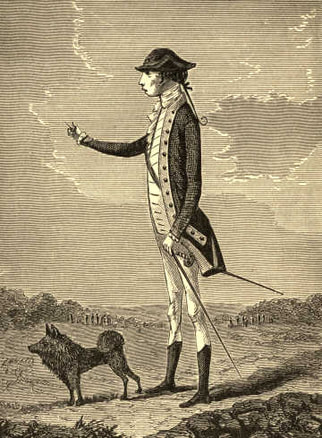
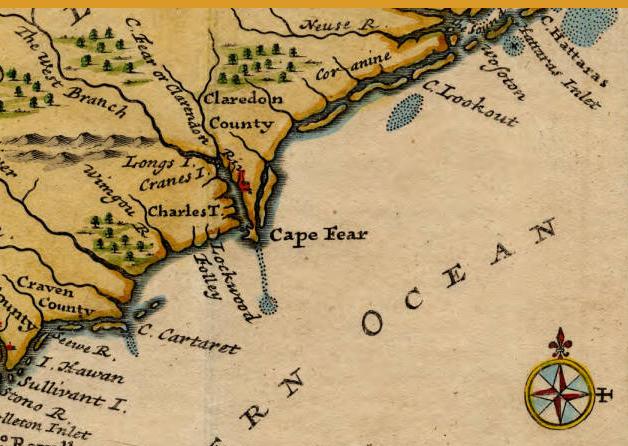
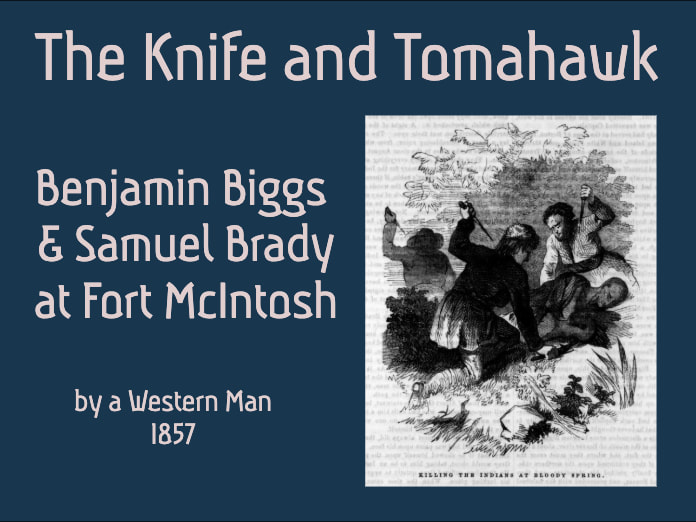

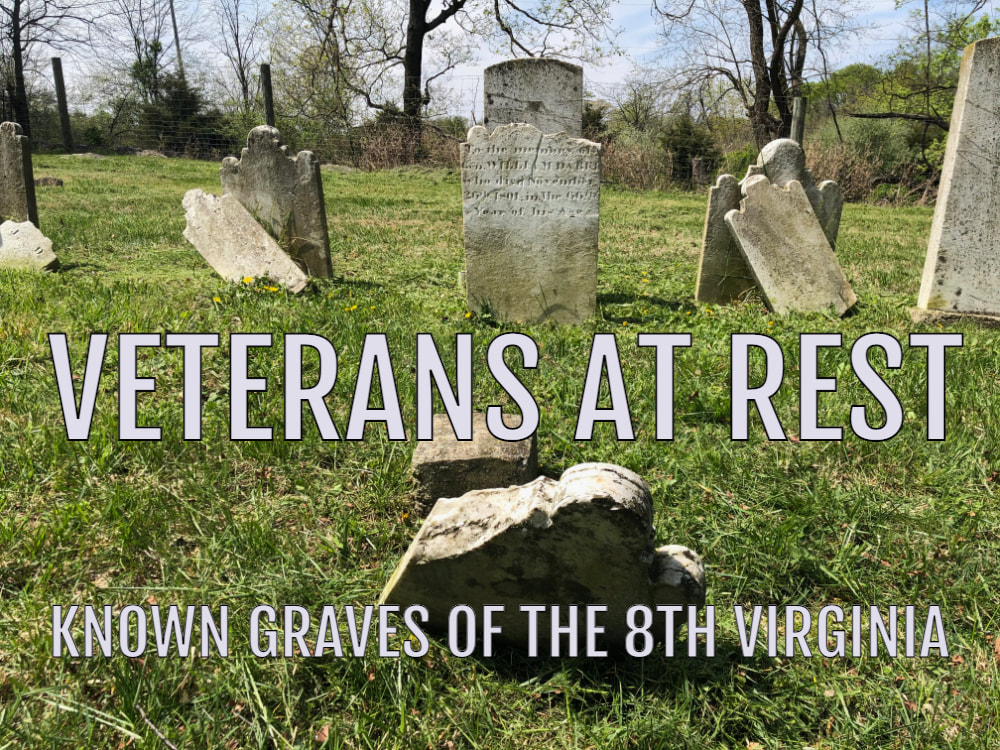
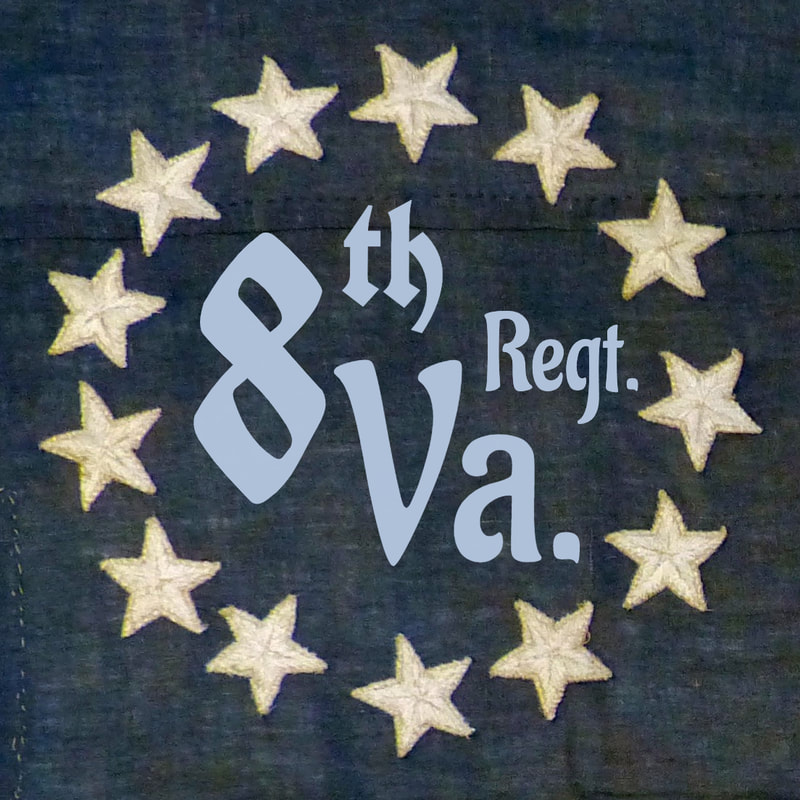
 RSS Feed
RSS Feed